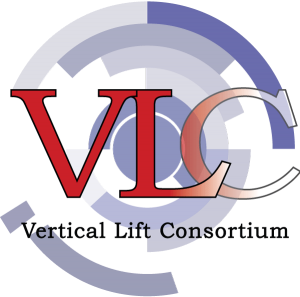VLC: READY TO SUPPORT THE DoD FUTURE VERTICAL LIFT STRATEGY
WHO WE ARE
The Vertical Lift Consortium is a collaboration of traditional and nontraditional government contractors, small and large businesses, for-profit and not for-profit entities, academic organizations, and their affiliated organizations to work collaboratively with the U.S. Government to develop and transition innovative vertical lift technologies to rapidly and affordably meet warfighter needs.
WHAT WE DO
The Government, in conjunction with VLC, performs a coordinated research and development program designed to develop prototype aviation technologies. Under this Agreement, the Government, along with the non-government members from VLC, can perform coordinated planning and research and development prototype efforts designed to encompass the following as it relates to the aviation technologies, listed below.

THE SIX ELEMENTS OF THE FUTURE VERTICAL LIFT STRATEGY
- Decision Point – Based Plan of Execution
- Early Joint Requirements Development
- S&T Plan that Aligns Technology Development with Milestone Decision Options
- Multi-Role Family of Aircraft
- Common Systems and Open Architecture
- Industry Partnership/ Interaction through the VLC
THE VLC BUSINESS MODEL
The VLC OTA joins industry stakeholders at all levels in collaborating with the Government to speed development of technology and lay the foundation for future vertical lift (FVL) platforms. It allows for the industry’s most creative and innovative minds, using VLC as a conduit, to advance innovative FVL prototype concepts to the benefit of all Government end-users in the most cost-efficient manner. The end result maximizes total FVL system effectiveness for the warfighter and minimizes cost to the Government, while protecting proprietary data of VLC Members.
